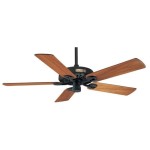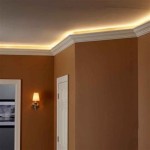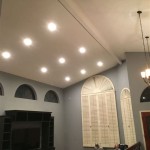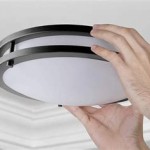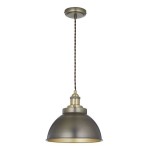Essential Aspects of School Ceiling Lights
School ceiling lights play a crucial role in creating a comfortable and conducive learning environment for students. Properly designed and installed lighting can enhance student performance, reduce eye strain, and contribute to a positive overall atmosphere. Here are some essential aspects to consider when choosing and installing school ceiling lights:
Light Distribution
The distribution of light is a key factor to consider. Lights should be evenly spaced throughout the classroom to provide uniform illumination. Avoid creating shadows or glare that can strain students' eyes. Consider using fixtures with adjustable beam angles or diffusers to control light distribution.
Color Temperature
The color temperature of the light refers to the perceived warmth or coolness of the light. Warm, yellowish light promotes relaxation, while cool, bluish light enhances alertness. For classrooms, a balanced color temperature between 3500K (warm white) and 4500K (natural white) is generally suitable.
Brightness
The brightness of the lights should be adequate to ensure proper visibility throughout the classroom. Aim for a light level of around 300-500 lux on student desks. Avoid excessive brightness, as it can cause eye discomfort and fatigue.
Flicker
Flickering lights can be distracting and irritating to students. Choose lights that produce a consistent and flicker-free light output. This is especially important for students with photosensitive conditions or migraines.
Energy Efficiency
Energy-efficient lighting can significantly reduce school operating costs. Consider using LED fixtures, which provide high light output while consuming less energy. Other energy-saving measures include motion sensors to turn lights off when the classroom is unoccupied.
Controllability
The ability to control the lighting system is essential for creating different lighting scenarios. Dimmers or switches allow teachers to adjust light levels based on the activity or time of day. Additionally, consider incorporating daylight sensors to automatically adjust light output based on natural light availability.
Maintenance
Regular maintenance is important to ensure the optimal performance of school ceiling lights. Develop a maintenance schedule for cleaning fixtures, replacing bulbs, and checking for any damage. By keeping the lights in good condition, schools can extend their lifespan and enhance the learning environment.

Pendant School Lighting 36w Daylight Led Ceiling Light 5000k China Lamp Square Made In Com

Highly Recommend Best School Lighting Upshine

Fluorescent Lighting In School Could Be Harming Your Child S Health And Ability To Read

7 Ways A Lighting Upgrade Will Benefit Your School Energy Performance

What Type Of Lighting Should Be Used In Schools
Led Lighting For Schools How To Improve Learning Environments

Connectable Lighting Fixtures Led Ls

Fluorescent Lighting In Schools Are Causing Harm To Students The Declaration

School Lighting

School Lighting Classroom Upshine
Related Posts

